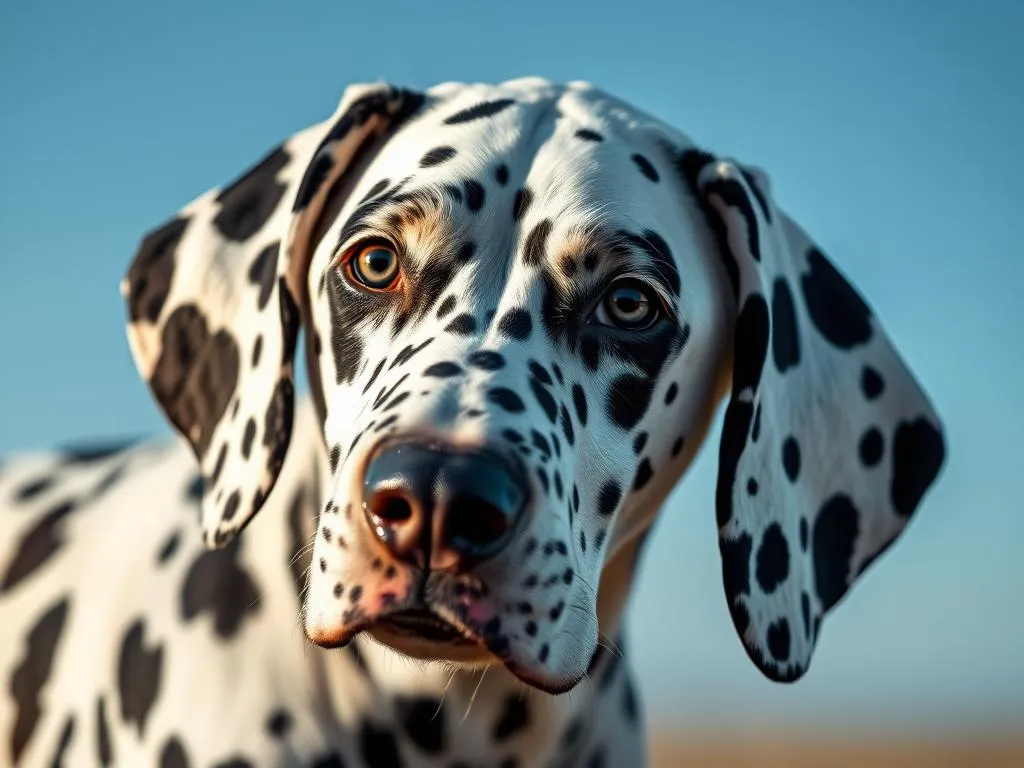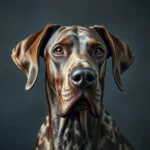
Introduction
Dog breeds come in all shapes, sizes, and colors, each with its own unique characteristics and stories. Among the most recognized and beloved breeds is the Dalmatian, known for its distinctive spotted coat and energetic personality. Understanding specific breeds, including Dalmatians, not only enhances our appreciation for these animals but also informs potential owners about their needs and behaviors.
One of the most frequently asked questions about Dalmatians is: “Are Dalmatians born with their spots?” This question is significant not just in terms of breed knowledge but also in understanding the genetics of dog breeding. In this article, we will delve into the history, characteristics, and science behind Dalmatians, while also addressing common myths and misconceptions about this fascinating breed.
Understanding Dalmatians
History of the Dalmatian Breed
The Dalmatian breed has a rich history that dates back centuries. Originating from the region of Dalmatia in Croatia, these dogs were originally bred as carriage dogs, serving alongside horse-drawn vehicles. Their role was not only to guard the horses but also to clear the way for the carriages, showcasing their agility and intelligence.
Over time, Dalmatians evolved to take on various roles, including firehouse mascots and circus performers. Their unique appearance and lively temperament made them popular in many settings. Despite their diverse history, Dalmatians have retained their distinct characteristics, making them a favorite among dog enthusiasts.
Physical Characteristics
Dalmatians are medium-sized dogs, typically weighing between 45 to 70 pounds and standing about 19 to 24 inches tall at the shoulder. They have a well-defined, athletic build that supports their energetic nature. The most recognizable feature of Dalmatians is their coat, which is predominantly white with the iconic black or liver-colored spots.
These spots begin to appear after birth and are a hallmark of the breed’s identity. The texture of their coat is short and dense, making grooming a relatively easy task for owners. However, it’s worth noting that Dalmatians are known to shed, especially during seasonal changes.
Temperament and Behavior
Dalmatians are known for their outgoing and friendly nature. They are generally good with children and can be quite affectionate with their families. However, they are also energetic and require regular exercise to stay healthy and happy. Without sufficient physical activity, Dalmatians may exhibit behavioral issues, such as excessive barking or destructive behavior.
Training is essential for Dalmatians, as they are intelligent but can be somewhat independent. Socialization from a young age is crucial to help them develop into well-rounded adult dogs. Understanding their temperament and behavioral traits is key to fostering a strong bond between owners and their Dalmatians.
The Science of Coat Color in Dalmatians
Genetics of Dog Coat Color
To answer the question “Are Dalmatians born with their spots?”, we must first explore the genetics behind coat color in dogs. Dog coat color is determined by a combination of several genes, with specific genes responsible for the presence and distribution of spots. The primary gene associated with the Dalmatian’s spots is called the “spotting gene.”
This gene influences how the coat develops during a dog’s early life. It’s fascinating to note that the genetics of coat color is complex, and variations can occur not only between breeds but also within the same breed.
Spot Development in Dalmatians
So, are Dalmatians born with their spots? The answer is no; Dalmatians are not born with their spots. At birth, Dalmatians are completely white. The spotting process begins around the second week of life, when small spots start to emerge on their skin. As they grow, these spots become more pronounced and spread across their bodies.
Typically, by the time they reach three to four months of age, their spots are well-defined. The final pattern can vary significantly from one Dalmatian to another, with some having large, distinct spots, while others may have smaller, more numerous ones. This development serves as a perfect example of how genetics plays a crucial role in the characteristics of dog breeds.
Myths and Misconceptions
Common Myths about Dalmatians
There are several myths surrounding Dalmatians that can mislead potential owners. Some common myths include:
- Dalmatians are hyperactive: While they are energetic and require regular exercise, they are not inherently hyperactive. With proper training and socialization, they can be calm and well-behaved.
- All Dalmatians are aggressive: This misconception stems from their strong guarding instincts. However, Dalmatians can be friendly and affectionate if socialized correctly.
- Dalmatians are not good family pets: On the contrary, they can be excellent family dogs when they receive enough attention, training, and exercise.
Debunking these myths is essential for prospective owners to make informed decisions about bringing a Dalmatian into their homes.
Misconceptions about Dog Breeding
Another area rife with misconceptions is dog breeding and genetics. Many people believe that certain traits can be exclusively bred into a dog without considering the complexities of genetics. For instance, while breeders can influence coat color and patterns, the outcome is never guaranteed due to the interplay of various genes.
This misinformation can lead potential owners to underestimate the needs and characteristics of specific breeds, which can result in unsuitable matches. Understanding the realities of dog breeding can help ensure that both the owners and their pets have a fulfilling and positive experience together.
Caring for Dalmatians
Grooming Needs
Caring for a Dalmatian involves regular grooming, although their short coat requires less maintenance than some other breeds. A weekly brushing can help minimize shedding and keep their coat healthy. It’s important to pay attention to their ears, as Dalmatians can be prone to ear infections due to their floppy ear structure.
Additionally, regular baths should be scheduled, especially if they get dirty during playtime. Keeping their nails trimmed and teeth brushed is also essential for overall hygiene.
Health Considerations
Dalmatians are generally healthy dogs, but they are predisposed to certain health issues. Some common problems include:
- Deafness: A significant percentage of Dalmatians are born deaf or with hearing impairments, which can be linked to their genetics.
- Urinary Stones: Dalmatians are prone to urinary stones due to their unique metabolism, making it crucial to keep them hydrated and feed them a balanced diet.
- Skin Issues: Their short coat can make them susceptible to skin allergies and irritations.
Regular veterinary check-ups and preventative care can help identify and manage these health concerns effectively.
Training and Socialization
Training a Dalmatian can be an enjoyable experience, given their intelligence and eagerness to please. Positive reinforcement methods work best, as Dalmatians respond well to praise and rewards. Consistency is key, as they can be stubborn if not properly guided.
Socialization from a young age is crucial for Dalmatians. Exposing them to various people, environments, and other animals helps them develop into well-adjusted adults. Attending puppy classes or group training sessions can be beneficial.
Conclusion
In summary, Dalmatians are not born with their spots; they develop distinct markings as they grow, influenced by their genetics. Understanding the history, characteristics, and care needs of Dalmatians can enrich the relationship between owners and their pets. These unique dogs offer companionship and joy, making them a cherished breed among dog lovers. By dispelling myths and addressing misconceptions, we can foster a greater appreciation for Dalmatians and their remarkable traits.
FAQs
Are all Dalmatians born white?
Yes, all Dalmatians are born white. The spots begin to develop around two weeks of age.
Why do Dalmatians have spots?
The spots serve as a genetic trait that distinguishes the breed. They have no specific purpose other than their aesthetic appeal.
Do Dalmatians shed a lot?
Dalmatians are moderate shedders. Regular grooming can help manage shedding effectively.
How can I train my Dalmatian effectively?
Using positive reinforcement techniques, consistency, and early socialization can lead to successful training experiences.









